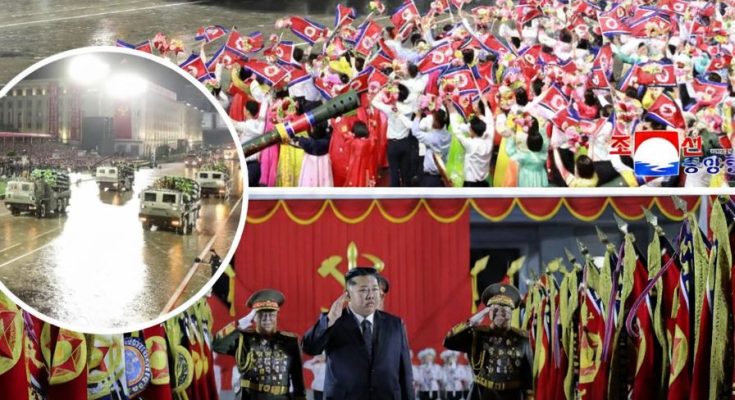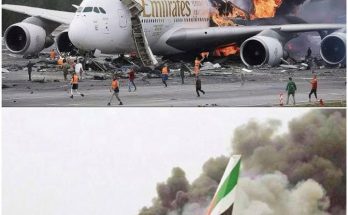Kim Jong Un Stuns the World at Military Parade, Revealing North Korea’s “Most Powerful” Missile Designed to Eliminate All Threats
At a grand nighttime military parade in Pyongyang attended by foreign dignitaries, Kim Jong Un once again seized global attention — this time unveiling what state media hailed as North Korea’s “most powerful nuclear strategic weapon system.” The colossal missile, identified as the Hwasong-20, rolled through Kim Il Sung Square atop an enormous 18-wheel transporter as thousands of soldiers and civilians waved flags under the glow of spotlights.
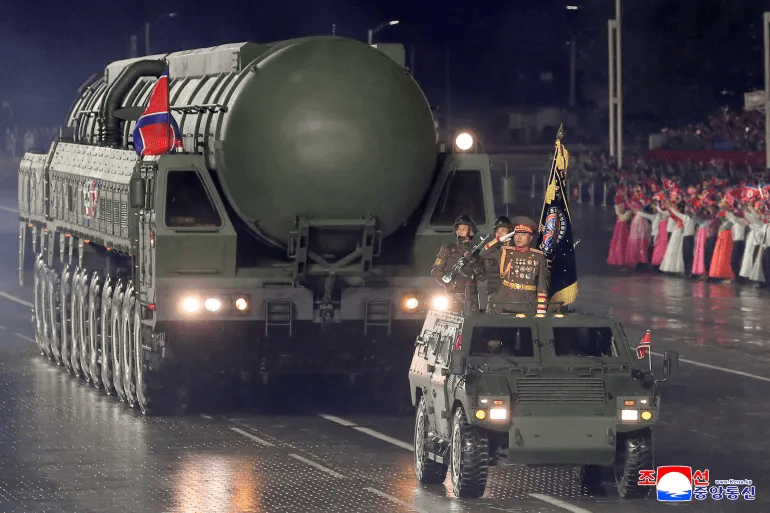
North Korean state television described the weapon as “a long-range deterrent capable of eliminating all threats to the homeland.” The dramatic display came as Kim addressed the crowd with a fiery promise to strengthen the country’s defense posture, vowing that Pyongyang’s military “will never again bow to external pressure.” His comments were met with roaring applause from uniformed generals and tens of thousands of spectators packed tightly into the square.
The missile’s reveal marks one of the most aggressive demonstrations of North Korea’s military power in years. Analysts say the Hwasong-20 appears to be an evolution of the Hwasong-17, a massive intercontinental ballistic missile first tested in 2023 that was already capable of striking the continental United States. Satellite imagery and parade footage suggest the new model is even larger, likely designed to carry multiple nuclear warheads or heavier payloads.
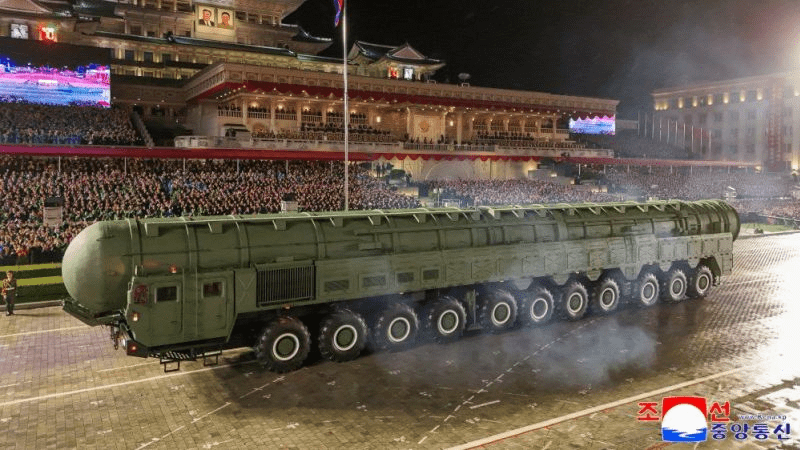
International reaction was swift. U.S. and South Korean defense officials expressed concern over the weapon’s potential capabilities, while the United Nations Security Council is expected to discuss the parade’s implications for regional stability. China and Russia, both of which have maintained closer ties with Pyongyang in recent years, have not yet publicly commented, though Chinese observers were reportedly present at the event.
For North Korea, such parades serve not only as internal propaganda but also as a calculated show of defiance toward international sanctions and diplomatic isolation. Each display reinforces Kim’s dual message — that his nation is capable of technological advancement despite economic hardship, and that any perceived threat from the West will be met with overwhelming power.
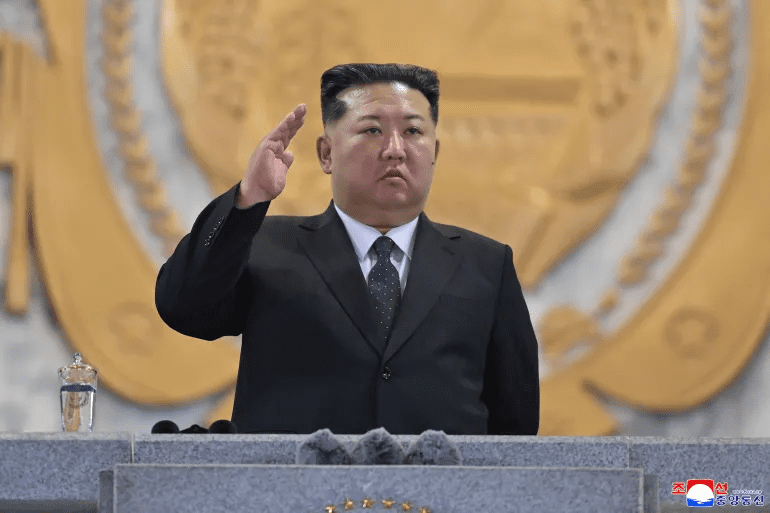
The spectacle also featured thousands of troops marching in precision formations, tanks rumbling through the square, and aircraft streaking overhead in synchronized formations. The mood was both celebratory and combative — a reflection of Kim’s narrative that his government has elevated North Korea into a “nuclear great power.”
Observers noted Kim appeared visibly proud, smiling and waving as he walked alongside senior military officials. His sister, Kim Yo Jong, was also seen at his side, clapping as the parade reached its climax. The unveiling of the Hwasong-20 reinforced his image as a leader who prioritizes strength and resilience, even amid ongoing economic struggles and tightening international pressure.
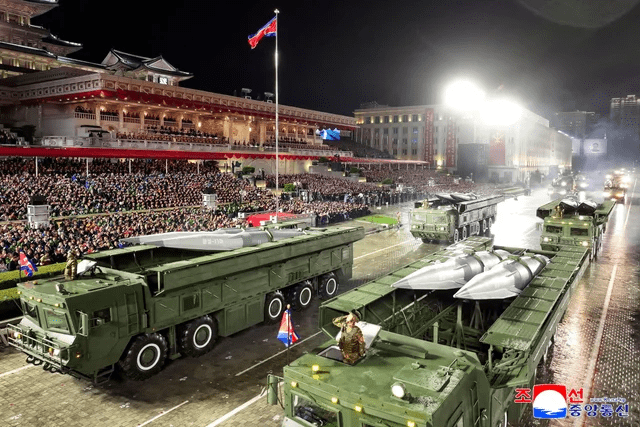
Experts warn that the new missile’s debut could signal an imminent weapons test or a strategic push to secure leverage ahead of possible future negotiations. The timing — coming just months after reports of renewed activity at North Korean test sites — adds weight to speculation that Pyongyang aims to remind the world it cannot be ignored.
As fireworks illuminated the sky above Pyongyang, Kim concluded the parade with a speech pledging to “eliminate all threats” and ensure “peace through strength.” Whether that peace can last in an increasingly volatile region remains uncertain — but the world was once again reminded that North Korea’s ambitions, and its leader’s determination, are far from fading.
